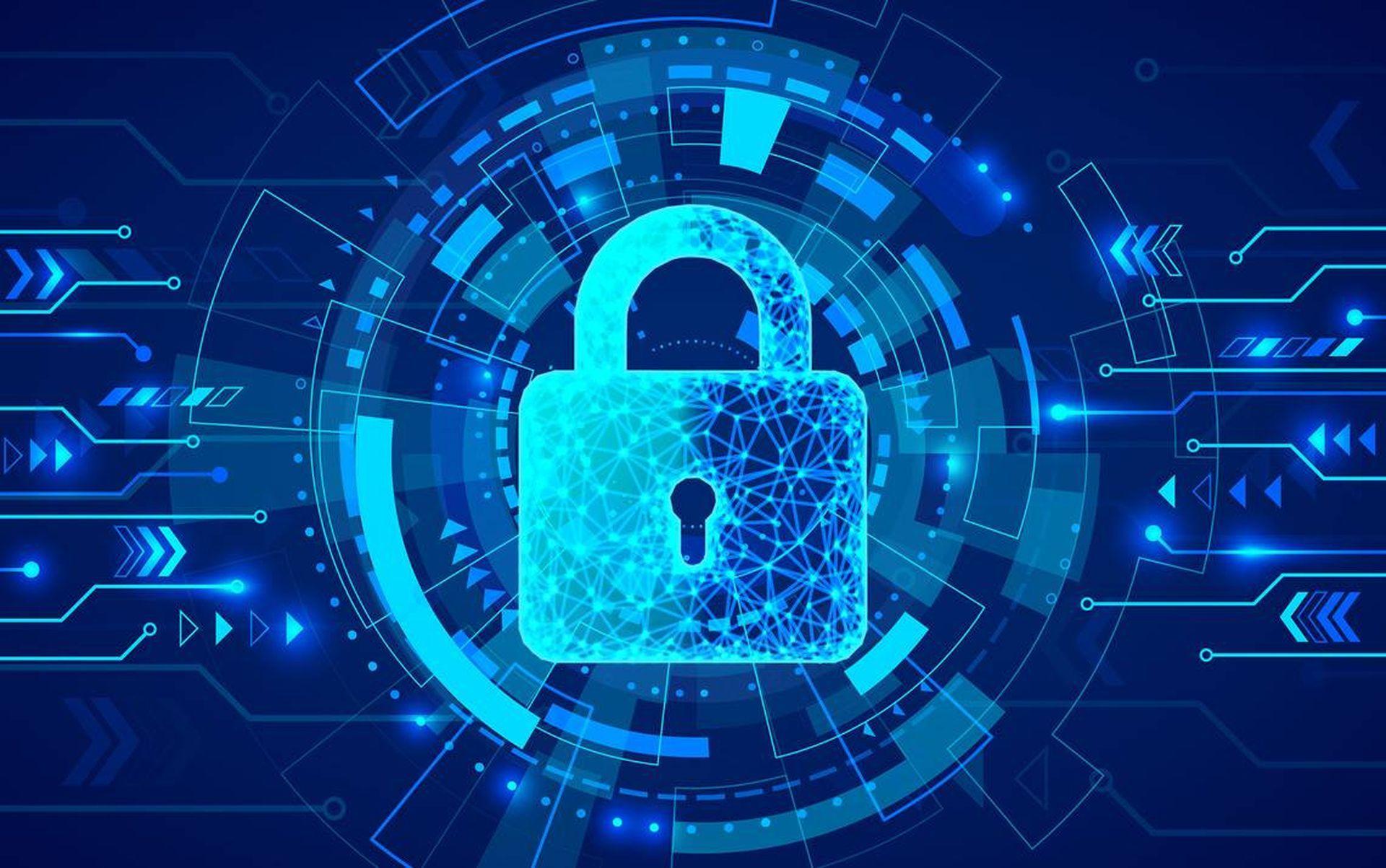Enterprises continue to struggle with protecting modern distributed networks, including web, SaaS, and privately hosted apps, along with resources and the devices used to access web apps, which hackers use for data breaches, ransomware, and other attacks.
Most tech stacks are not made to regard web access points, human identities, and gadgets as a security perimeter. To address holes in network security and safeguard apps and the data they utilize, businesses must quickly implement the latest solutions to improve secure service access (SSA).
How businesses can improve SSA?
SSA is more important than ever because it demonstrates how businesses must transform their cybersecurity tech stacks into a single integrated platform and replace numerous point products with a cloud security platform.
“As enterprises look to reduce their attack surface by reinforcing their security capabilities, they’re faced with a confusing array of alternatives. While some vendors deliver a single integrated platform offering end-to-end secure service access, others are repackaging existing point products, developing a common UI for multiple solutions, or riding the acronym bandwagon,” stated Ivan McPhee, senior industry analyst at GigaOm, VentureBeat reports.

“Decision-makers should look beyond the marketecture (a marketing approach to simplify an organization’s creations of products or services while holding to marketing requirements) to find a robust, flexible, and fully integrated solution that meets their organization’s unique needs irrespective of network architecture, cloud infrastructure, or user location and device,” he adds.
Each multipoint product in a cybersecurity tech stack adds another potential point of failure, or even worse, a source of implicit trust that hackers may quickly exploit and use to access apps and networks. The SSA landscape and the vendors’ solutions are thoroughly evaluated in the new GigaOm report (accessible thanks to Ericom Software).
Security as a service leaves cybersecurity to the experts, but it is a double-edged sword
By implementing SSA, businesses may realign their tech stacks from being data center and edge-centric to becoming user identity-centric. That’s fantastic news for businesses pursuing a zero-trust approach based on the idea that their security perimeter is made up of human and machine identities.
“As attacks morph and new devices are onboarded at scale, organizations should look for SSA solutions incorporating AI/ML [artificial intelligence and machine learning] -powered security capabilities to detect and block sophisticated new threats in real-time with behavior-based, signatureless attack prevention, and automated policy recommendations,” McPhee explained.

The SSA is evolving to be cloud-native first, coupled with layered security functions, according to the GigaOm research.
The design objective is to satisfy the unique cybersecurity requirements of enterprises, regardless of network architecture, cloud infrastructure, user location, or device. According to GigaOm, the top SSA performers right now are Cato Networks, Cloudflare, Ericom Software, and ZScaler. These companies each offer the essential technologies required to enable a zero trust framework.
“The speed at which vendors integrate point solutions or acquired functions into their SSA platforms varies considerably — with smaller vendors often able to do so faster. As vendors strive to establish themselves as leaders in this space, look for those with both a robust SSA platform and a clearly defined roadmap covering the next 12-18 months,” McPhee stated.
McPhee continued, advising businesses to “settle for your incumbent vendor’s solution. With the emergence of new entrants and exciting innovation, explore all your options before creating a shortlist based on current and future features, integration-as-a-service capabilities, and in-house skills.”
What kind of challenges are there?
The idea of bringing your own device (BYOD) and unmanaged devices is one of the most difficult parts of access security for CISOs and CIOs (e.g., third-party contractors, consultants, etc.). Due to the epidemic and general acceptance of virtual workforces, employee and contractor use of personal devices for work-related purposes is increasing at historic rates.
Rising cybersecurity risks threaten the healthcare industry
By illustration, during the COVID-19 epidemic, BYOD usage rose by 58%. According to Gartner’s predictions, up to 70% of enterprise software engagements will take place on mobile devices this year.
Additionally, businesses are turning to contractors to cover positions that have historically been difficult to fill with full-time workers. Unmanaged devices are therefore widely dispersed among third-party consultants and virtual workforces, increasing the number of attack vectors.

The ultimate effect is that companies are unable to keep up with the rapid and increasingly complex creation of device endpoints, identities, and danger surfaces. Web applications and SaaS apps are common attack vectors where hackers first focus on infiltrating networks, unleashing ransomware, and stealing data. These apps include enterprise resource planning (ERP) systems, collaboration platforms, and virtual meetings.
Web application firewalls (WAFs) and reverse proxies, the standard security controls that businesses use to combat these threats, have been sadly shown to be insufficient at securing data, networks, and devices.

GigaOm recognized Ericom’s ZTEdge platform’s web application isolation capabilities as an inventive solution to the security dilemma of BYOD and uncontrolled device access.
Web application isolation
The web application isolation technique uses remote browser isolation to protect networks and apps from malware on user devices, in contrast to conventional web application firewalls (WAF) that guard network perimeters (RBI).
Application isolation allows IT departments and cybersecurity teams to implement fine-grained user-level controls that limit each user’s applications, how they can access them, and what actions they are allowed to perform on each app.

Policies, for instance, can prohibit the usage of cut-and-paste functions (clip-boarding), malware screening, DLP scanning, and users’ capacity from submitting data into text fields. The solution offers defense against the OWASP Top 10 Web Application Security Risks by “masking” the application’s attack surfaces from potential attackers.
It needs to improve when streamlining tech stacks, removing point solutions that clash and protecting endpoints, particularly those belonging to users and contractors. The Secure Service Access Radar from GigaOm demonstrates where and how market-leading providers drive increased innovation.
The Russo-Ukrainian War rewrites the laws of cyber-warfare
Web application isolation, one of the numerous recent innovations in this field, exhibits considerable potential for enhancing BYOD security through a streamlined network-based strategy that excludes the need for agents or software on devices.





